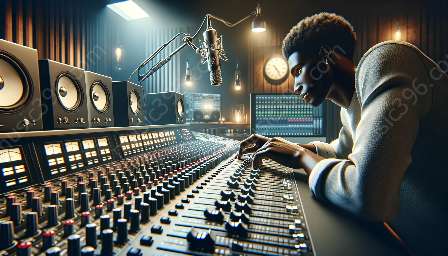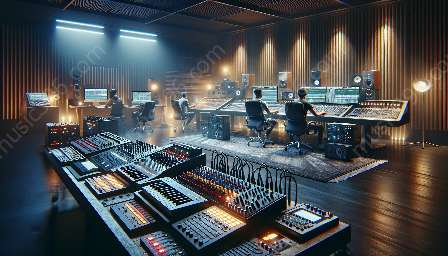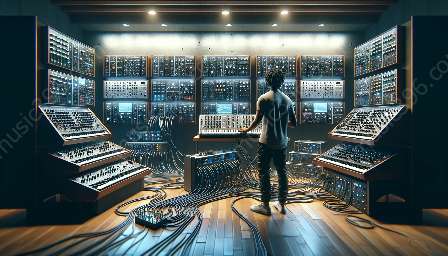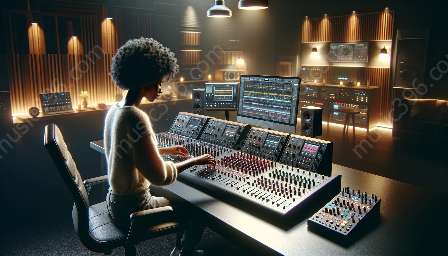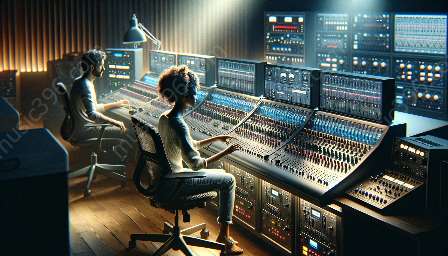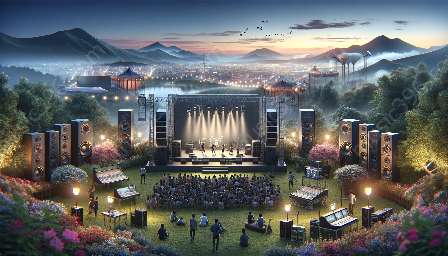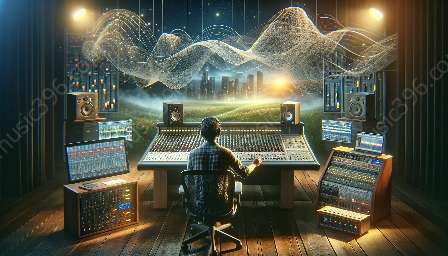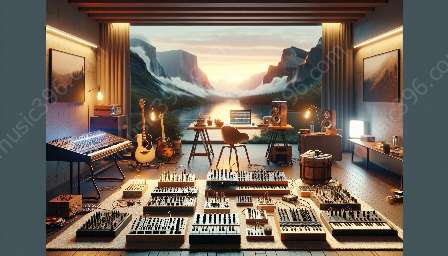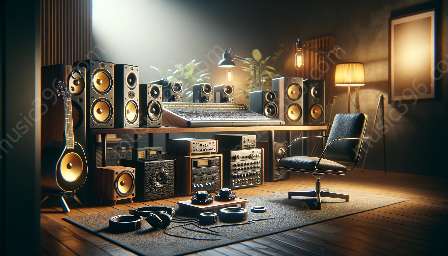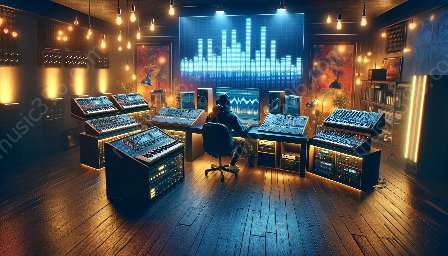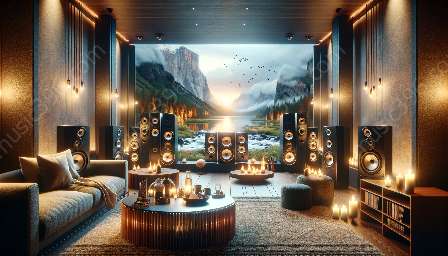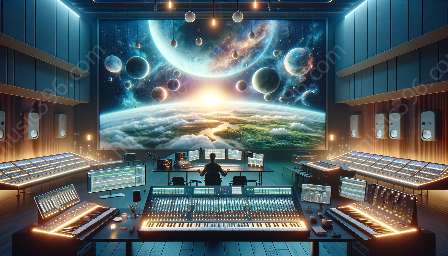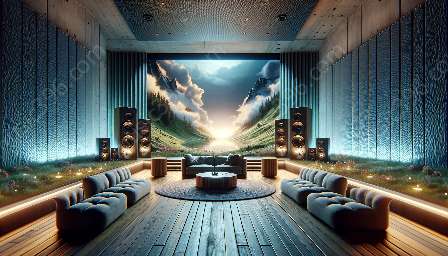Music production has evolved significantly with the advent of virtual instruments and music technology. Virtual instruments, also known as software instruments, have become an integral part of modern music production processes, offering a wide range of benefits and capabilities. They cater to different genres and styles of music, providing musicians, producers, and composers with unprecedented creative potential.
Understanding Virtual Instruments
Virtual instruments are software-based emulations of traditional musical instruments, including synthesizers, drum machines, samplers, and more. These instruments are designed to mimic the sound and functionality of their hardware counterparts while offering additional features and customization options. Virtual instruments can be used standalone or within digital audio workstations (DAWs) to create and manipulate sound in real-time.
Catering to Different Genres and Styles
Virtual instruments are incredibly versatile, allowing users to produce a wide array of musical genres and styles. Their adaptability is one of their most significant strengths, as they can seamlessly transition from creating electronic dance music (EDM) to orchestral compositions and everything in between. Here's how virtual instruments cater to different genres:
- Electronic Music: For genres such as EDM, trance, and techno, virtual instruments offer a vast selection of synthesizers, drum machines, and sound manipulation tools. These instruments enable producers to craft unique and innovative electronic sounds, incorporating complex textures and rhythmic patterns.
- Orchestral and Film Score: Composers and arrangers can utilize virtual instruments to create expansive orchestral arrangements and film scores. Sample libraries and virtual orchestras provide a diverse range of instrument sounds, articulations, and dynamics, allowing for the realistic recreation of symphonic music in diverse styles and moods.
- Rock and Pop: Virtual instruments are widely used in rock and pop music production, offering realistic emulations of guitars, basses, pianos, and other traditional instruments. These instruments enable musicians to achieve authentic tones and performances, enhancing the overall production quality of rock and pop tracks.
- Hip-Hop and R&B: Drum samplers, sample-based instruments, and virtual keyboards are essential tools for creating beats, melodies, and textures in hip-hop and R&B production. Virtual instruments provide producers with an extensive palette of sounds, enabling them to craft compelling and innovative arrangements.
- World Music: Virtual instruments also cater to world music genres, offering authentic emulations of ethnic instruments from various cultures. This allows musicians to incorporate traditional and exotic sounds into their compositions, enriching their music with global influences.
Integration with Music Technology
Virtual instruments seamlessly integrate with modern music technology, enhancing the overall music production workflow. They are compatible with a variety of hardware controllers, MIDI devices, and software platforms, offering a cohesive and efficient production environment. Additionally, virtual instruments often support advanced features such as automation, modulation, and multi-output routing, providing users with in-depth control and flexibility.
Furthermore, virtual instruments are frequently updated and expanded through software updates and expansion packs, ensuring that musicians have access to the latest sounds and capabilities. This continuous development keeps virtual instruments relevant and adaptable to evolving music trends and production techniques.
Conclusion
Virtual instruments play a pivotal role in modern music production, catering to diverse genres and styles while integrating seamlessly with music technology. Their versatility and creative potential empower musicians, producers, and composers to explore new sonic territories and express their musical vision authentically. As technology continues to advance, the influence of virtual instruments in music production will undoubtedly grow, shaping the future of musical creativity and innovation.

